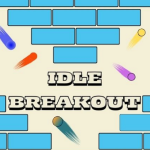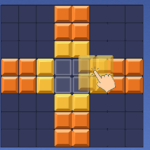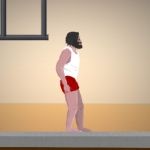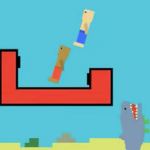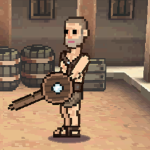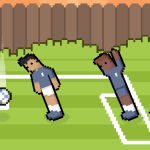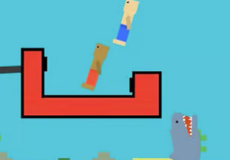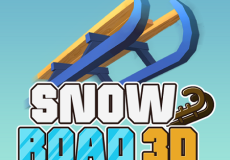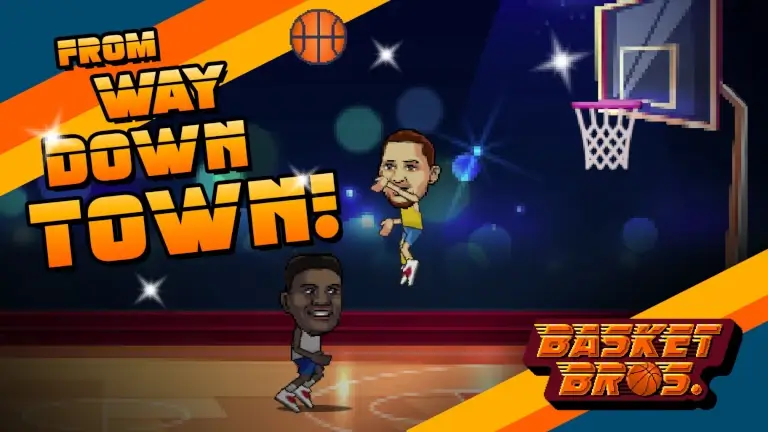

Storyteller
Storyteller is an interactive puzzle game that focuses on constructing short narratives through visual logic. Each level presents a prompt, a small group of characters, and a set of backgrounds. The player arranges these elements into comic-style panels, creating a sequence that fulfills the story’s condition. The main idea is to think like both a writer and a problem solver, predicting how characters will react when placed in certain situations. The game replaces traditional puzzles with storytelling mechanics, encouraging experimentation and understanding of cause and effect.
Similiar games
Storyteller is an interactive puzzle game that focuses on constructing short narratives through visual logic. Each level presents a prompt, a small group of characters, and a set of backgrounds. The player arranges these elements into comic-style panels, creating a sequence that fulfills the story’s condition. The main idea is to think like both a writer and a problem solver, predicting how characters will react when placed in certain situations. The game replaces traditional puzzles with storytelling mechanics, encouraging experimentation and understanding of cause and effect.
Gameplay Mechanics And Narrative Flow
In Storyteller, the player’s goal is to form a clear narrative that fits the title or theme of each puzzle. The challenge lies in using limited resources to produce meaning through order and context. Each character follows specific behavioral rules, so positioning determines their actions and emotional responses.
The main components of the game include:
· A sequence of empty panels that represent the story’s timeline.
· A collection of characters and items to place in each panel.
· Dynamic reactions between characters depending on arrangement.
· Visual feedback that shows whether the current story fits the prompt.
· Optional challenges that reward alternative or creative solutions.
These systems turn narrative creation into a structured puzzle where logic and imagination share equal importance.
Creativity And Logical Thinking
Storyteller blends creative freedom with logical constraints. While the player can test multiple combinations of panels, the correct solution requires understanding human behavior within the game’s simplified emotional logic. A misplaced character might break the continuity or change the story’s outcome entirely. Over time, players learn to read emotional clues and anticipate cause and effect, similar to constructing short plays or illustrated stories. The process feels like editing — trimming, swapping, and refining scenes until everything connects naturally.
Strategy And Progression
As the player advances, Storyteller introduces new characters, emotions, and settings that expand possible storylines. Some levels focus on love and betrayal, others on revenge or transformation. Success often depends on observing patterns — how certain characters behave in specific contexts or how events must align to form a coherent resolution. Because multiple outcomes can satisfy the prompt, the game rewards curiosity and persistence. Players are encouraged to replay earlier puzzles, discovering alternative endings or symbolic versions of the same theme.
Discuss Storyteller


